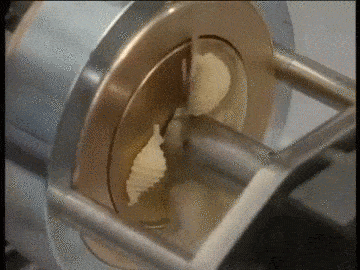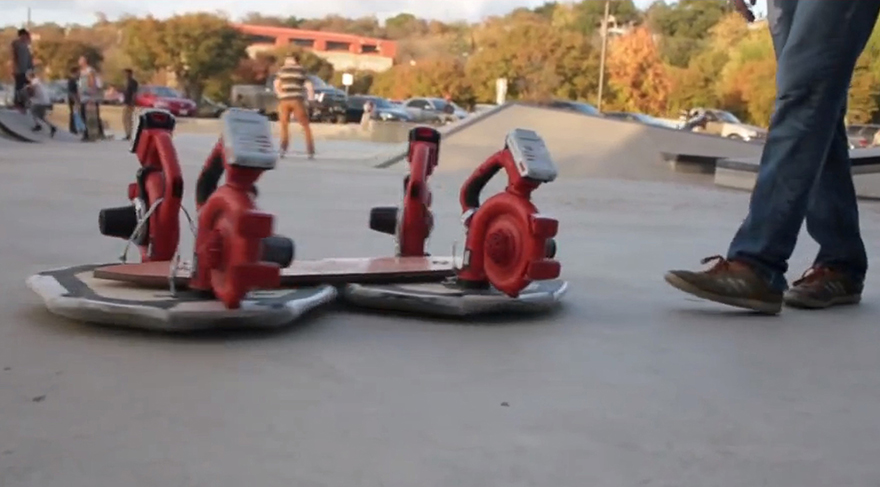![RedHook_HUB_branding.JPG]() Photo by Anke Stohlmann
Photo by Anke Stohlmann
By Laetitia Wolff, Design/Relief Program Director
How can graphic design positively transform communities and the practice of design? The New York chapter of AIGA launched Design/Relief, a participatory design initiative targeted at New York City neighborhoods still grappling with the effects of Superstorm Sandy, in the fall of 2013. To fund the project, AIGA/NY received an innovation grant from Artplace America, a consortium interested in advancing the practice of creative placemaking. Engaging in this emerging movement, AIGA/NY believed graphic designers could leverage their agile, creative process while testing their community organizing skills on the ground.
We handpicked three teams, composed of graphic designers, storytellers and community engagement experts, to catalyze three New York waterfront communities. The teams were tasked to help these communities imagine a more vibrant future for themselves—the three neighborhoods were still struggling to overcome the lingering effects of Superstorm Sandy, even a year after the disaster. While learning about the reality of multi-disciplinary collaboration, urban territories and public engagement processes, designers were given a framework to act locally and dispatched for a 9-12 months period to Red Hook in South Brooklyn, Rockaway at the Queens shoreline and the South Street Seaport enclave in Lower Manhattan.
![RedHook_HUB_redhook.jpg]()
Revisiting the Design/Relief Manifesto a year later, AIGA/NY is proud to have engaged designers in tackling tough civic challenges while generating new knowledge about design as a creative placemaking tool. As we conclude this endeavor with the recent launch of the Red Hook team project, the HUB, we wanted to take a moment to highlight a few insights before sharing a more detailed case study (coming soon, early 2015). Here they are:
- Places are made by people. Yes, before anything else.
- Graphic designers are particularly apt at connecting the dots, building bonds, visualizing futures, and enhancing communication between people and places.
- Our placemaking projects focus particularly on public spaces in which community information and communication can be shared.
- Improving a place successfully comes along with social justice, inclusion and opportunity-building—our creative placemakers tried to remain aware of the fine line between gentrification and displacement.
![RedHook_HUB_library_board.jpg]() The Red Hook HUB includes a board at the local library branch on Wolcott Street. Photo credit: David Al-Ibrahim
The Red Hook HUB includes a board at the local library branch on Wolcott Street. Photo credit: David Al-Ibrahim
The Red Hook HUB is a 21st century bulletin board
Seen on Brooklyn streets and in the digital space
Over the past year, through their engagement with the communities of Red Hook, Brooklyn, Rockaway, Queens and the Seaport in Lower Manhattan, our Design/Relief teams often acted as catalysts for latent desires, lingering community needs and long-lasting aspirations. Red Hook residents had expressed a need for a coordinated communication system that would allow them to more effectively share trusted information. Although the need was in the air, no one had formulated the appropriate format, place and process.
(more...)![]()

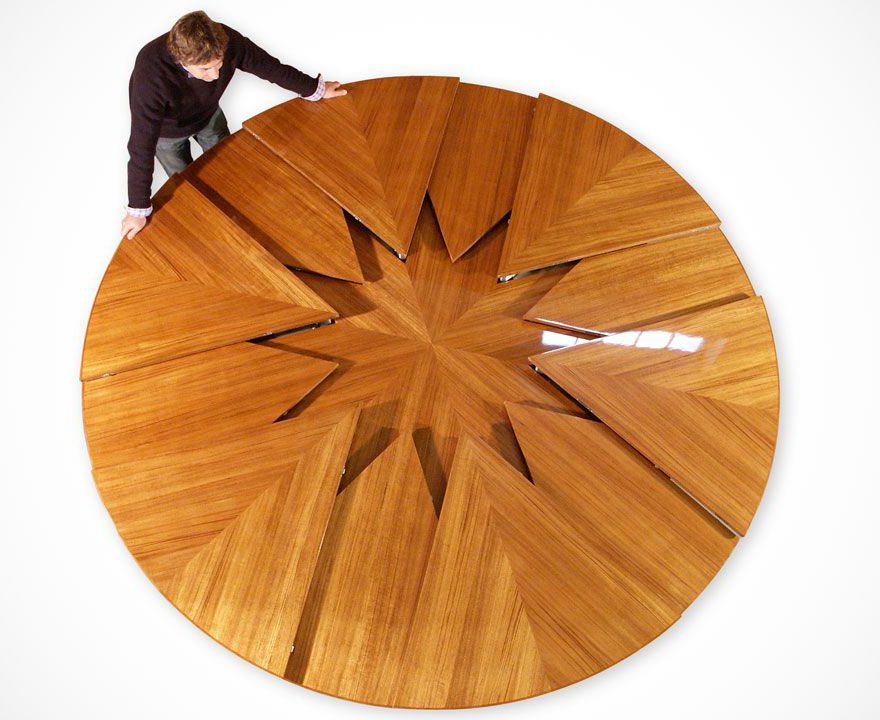

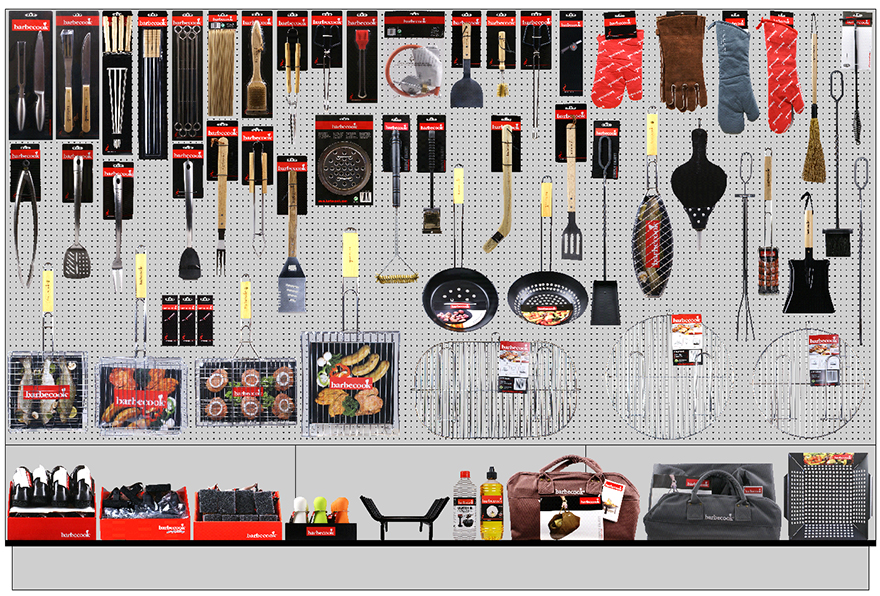


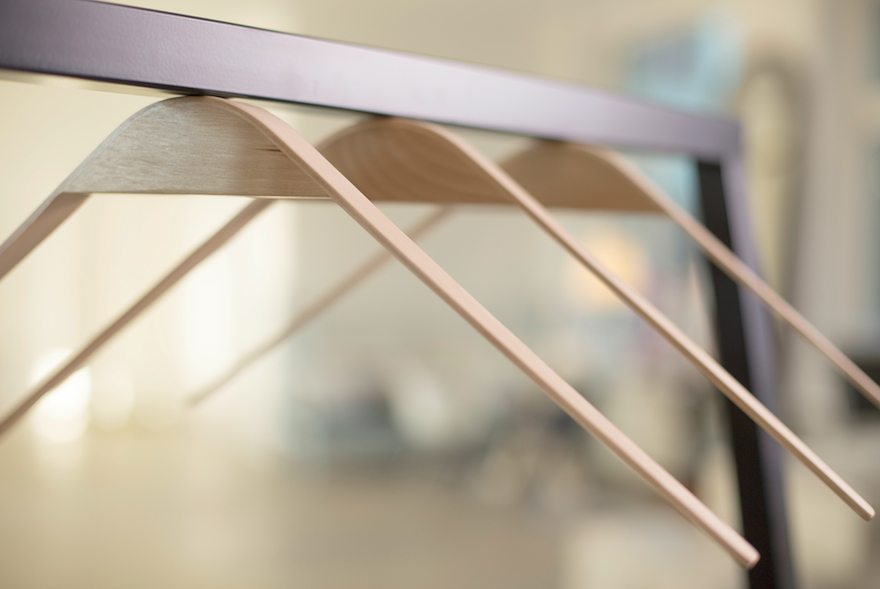


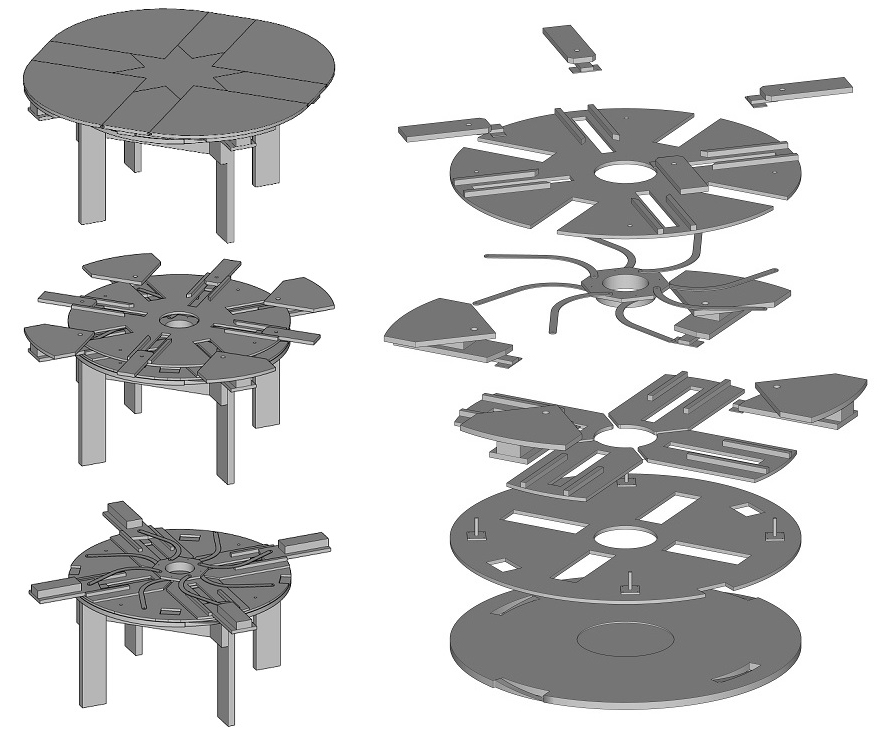
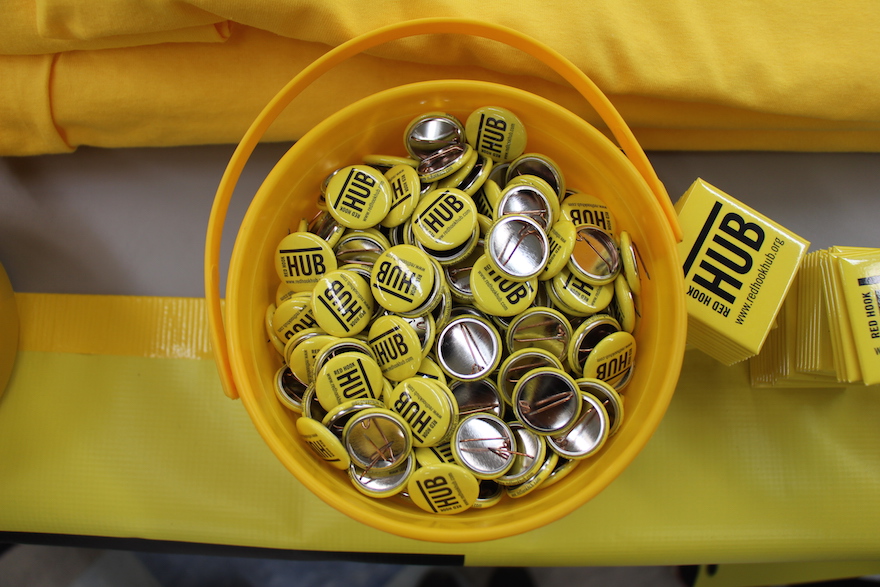 Photo by Anke Stohlmann
Photo by Anke Stohlmann
 The Red Hook HUB includes a board at the local library branch on Wolcott Street. Photo credit: David Al-Ibrahim
The Red Hook HUB includes a board at the local library branch on Wolcott Street. Photo credit: David Al-Ibrahim Just look at those vacant expressions—if only there was an easier way
Just look at those vacant expressions—if only there was an easier way




